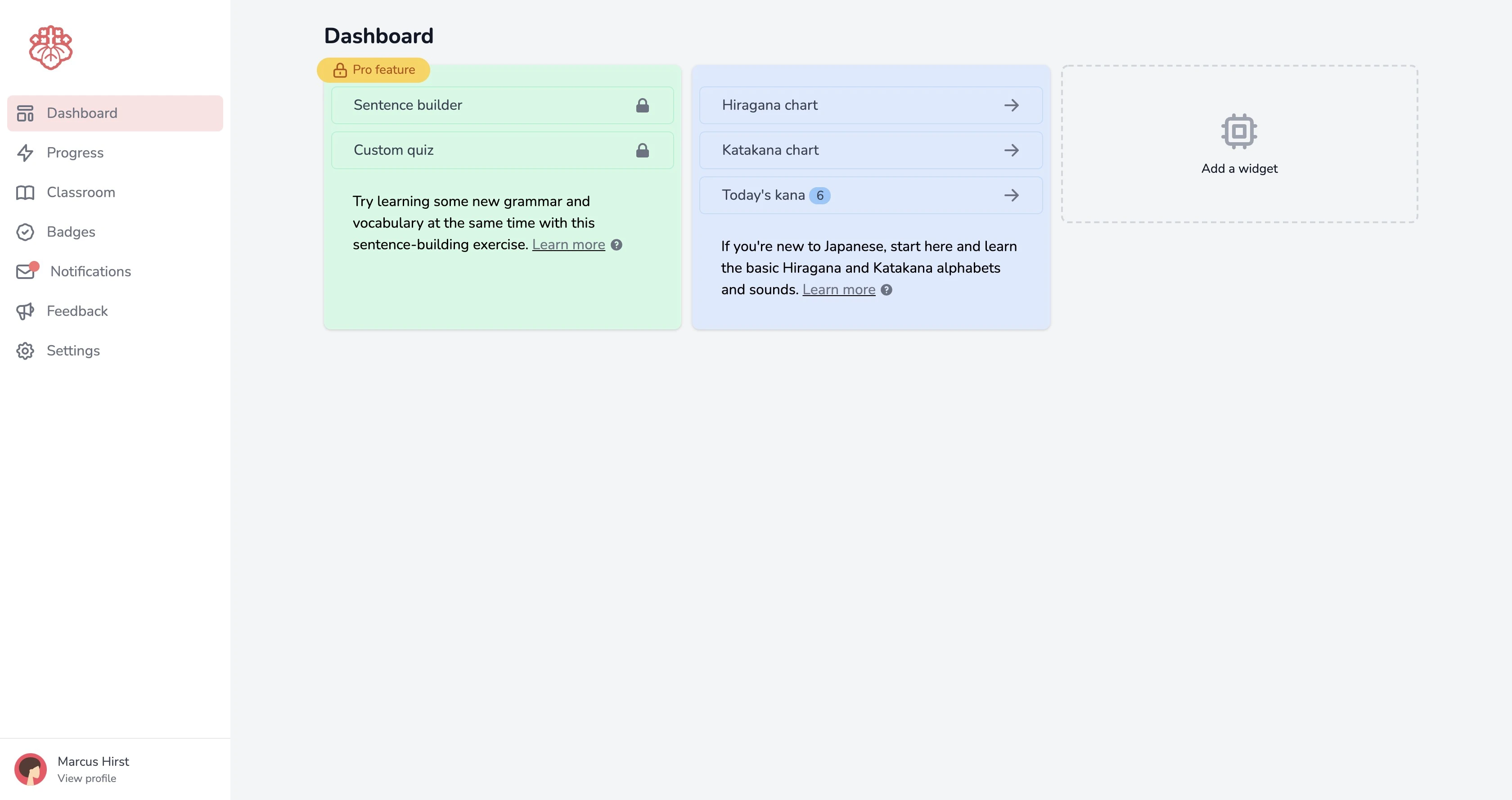
Day 4 が, ざ, だ, ば And ぱ Lines Diacritics
4 minute read · Sun 5 DecemberDay 4 が, ざ, だ, ば And ぱ Lines Diacritics
Welcome to the fourth lesson in the series! Today's new kana will be easy, and look familiar. Take a look at the chart so far and the lines in bold since we'll review those.
あ い う え お
か き く け こ (+'k')
さ し す せ そ (+'s')
た ち つ て と (+'t')
な に ぬ ね の (+'n')
は ひ へ ふ ほ (+'h')
ま み む め も (+'m')
や ゆ よ (+'y')
ら り る れ ろ (+'r')
わ を ん (+'w')
Yes, we're doing 25 kana at once but you have seen them all before! By adding diacritic marks to the kana on the k, s, t and h lines, you can adjust the sound they make. Japanese use two sorts of marks: dakuten and handakuten. Dakuten (or just ten-ten for short) are most often used and appear as two short dashes ◌゙. Handakuten is used on the h line and appear as a circle above kana like this ◌゚. Diacritics can be used on other kana but it's rare and mostly in specialised dictionaries and sometimes for singing.
か (ka) → が (ga)
さ (sa) → ざ (za)
た (ta) → だ (da)
は (ha) → ば (ba)
は (ha) → ぱ (pa)
You can see we're looking at the g, z, d, b and p lines which are same as k, s, t and h lines. Luckily the h line is re-used! Let's speed through these.
が as in 'guy',
ぎ as in 'geese',
ぐ as in 'goose',
げ as in 'game',
ご as in 'go'
ざ as in 'zap',
じ as in 'jeans',
ず as in 'zoo',
ぜ as in 'zebra',
ぞ as in 'zone'
だ as in 'dummy',
ぢ as in 'jeans',
づ as in 'zoo',
で as in 'day',
ど as in 'dough'.
ぢ and づ sound the same as じ and ず. For now, it is safe to assume if you hear / ji / or / zu /, you write じ or ず as they are much more common than ぢ and づ.
ば as in 'bye',
び as in 'beer',
ぶ as in 'boo',
べ as in 'bay',
ぼ as in 'boy'
ぱ as in 'papa',
ぴ as in 'pier',
ぷ as in 'pool',
ぺ as in 'pay',
ぽ as in 'pole'
And here's today's homework:
- • Watch the video, and match the shape with its sound. You can see the next lines of kana on the chart
- • Follow the stroke order and write it on your own on a piece of paper 10× times or more. Gridded paper can help you get the proportions correct which you can download and print here.
- • Then, write it down again without looking at anything.
- • Come back in 3 days to repeat Task 3. Set a reminder on your calendar while you remember!
- • It's time to review the second fifteen kana again to refresh your memory!
Was this article helpful?
Want to learn even more? Start your free Pro trial today.
You learn or relearn even faster and become more confident with a small time investment each day.
Start your free trial


